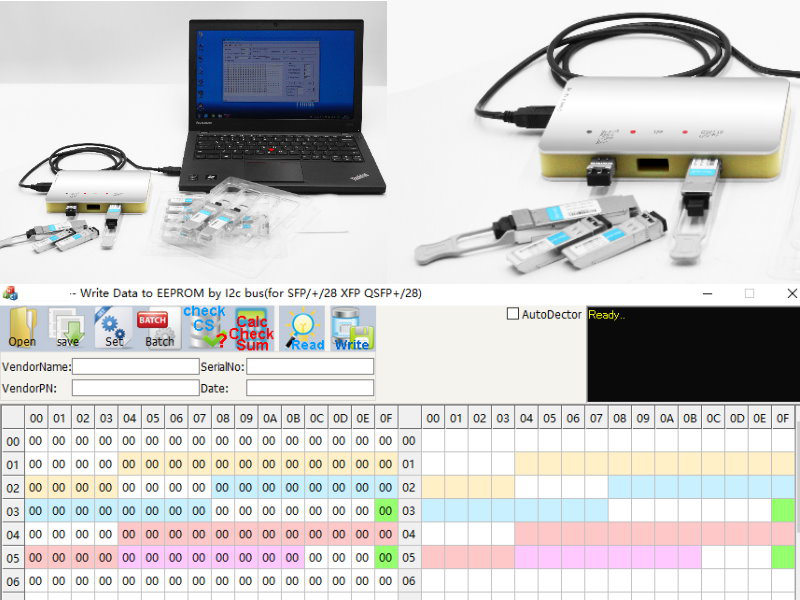

How to solve the compatibility problem of optical modules?
The optical transceiver module usually needs to confirm the compatibility information, because there are two kinds of products currently available on the market, one is the optical compatible transceiver module of the OEM, and the other is the optical transceiver module of the original switch brand. The price difference between the two is large. At present, there is no optical transceiver module that can be implemented in all communication devices. 1. Communication equipment brands that do not require optical transceiver modules with special compatibility information such as ZTE, FiberHome, D-link, TP-Link, etc. 2. Communication equipment brands such as Cisco, HW, H3C, HPE, Juniper, Alcatel-Lucent, Borcade, Arista, DELL, MikroTik, etc., which must have special compatibility information for optical transceiver modules. Optical transceiver modules that require special compatibility information cannot be mixed with each other because they have different compatibility information. For example, Cisco compatible 10G SFP+ can no longer be used on HPE devices, and vice versa. Optical transceiver modules have different speeds and various package types, 155M~6G: GBIC, SFP; 10G: SFP+, XFP, X2 and XENPAK; 25G: SFP28; 40G: QSFP+; 100G: QSFP28, CFP, CFP2, etc. FiberMall can solve the problem of compatibility of optical transceiver modules by analyzing the optical transceiver module and independently implementing reading and writing. If the customer wants to replace the compatible information after purchasing the optical transceiver module, the customer can use the Firmware BOX provided by FiberMall to realize remote recoding. FiberMall has built a powerful online compatibility information analysis system that can remotely solve customers' problems of incompatibility of optical modules.
